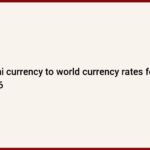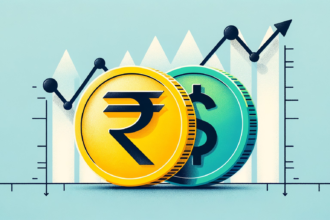What’s going on here?
Emerging Asian currencies are feeling the heat from Middle East tensions and changing US interest rate expectations, causing investors to seek safety in the US dollar.
What does this mean?
Asian financial markets are jittery as Middle East tensions ramp up volatility. The Chinese yuan led currency declines, dropping 0.66%, while the South Korean won and Malaysian ringgit also slipped. A stronger-than-expected US jobs report is boosting expectations of a Federal Reserve rate cut, with an 86% probability of a 25-basis-point reduction. This shift is drawing investors to the US dollar, seen as a safer bet, amid rising oil prices that weigh on Asian net oil importers. Equities painted a mixed picture: Taipei and South Korean markets dropped, whereas markets in Mumbai and Jakarta saw gains. Meanwhile, Shanghai stocks started strong post-holiday but cooled as hopes for Chinese fiscal stimulus faded. Analysts at Maybank and OCBC highlighted ongoing risk aversion due to geopolitical worries and China’s cautious policy moves.
Why should I care?
For markets: Risk sentiment rides on a knife’s edge.
Investors are grappling with uncertainty due to geopolitical tensions and policy shifts. The US dollar’s safe haven status is gaining appeal, impacting Asian markets considerably. Oil-importing countries are particularly vulnerable, facing currency depreciation. Regional investors are eyeing South Korean and Indian central banks this week for any unconventional policies in response to evolving dynamics.
The bigger picture: Global ripples from regional conflicts.
Middle East conflicts are sending shockwaves through global markets, shifting focus to macroeconomic stability. As skirmishes elevate commodity prices and risk aversion, even distant countries feel economic impacts. This interconnectedness underscores the importance of strategic policymaking and the nuanced interplay of global events with local markets.




















